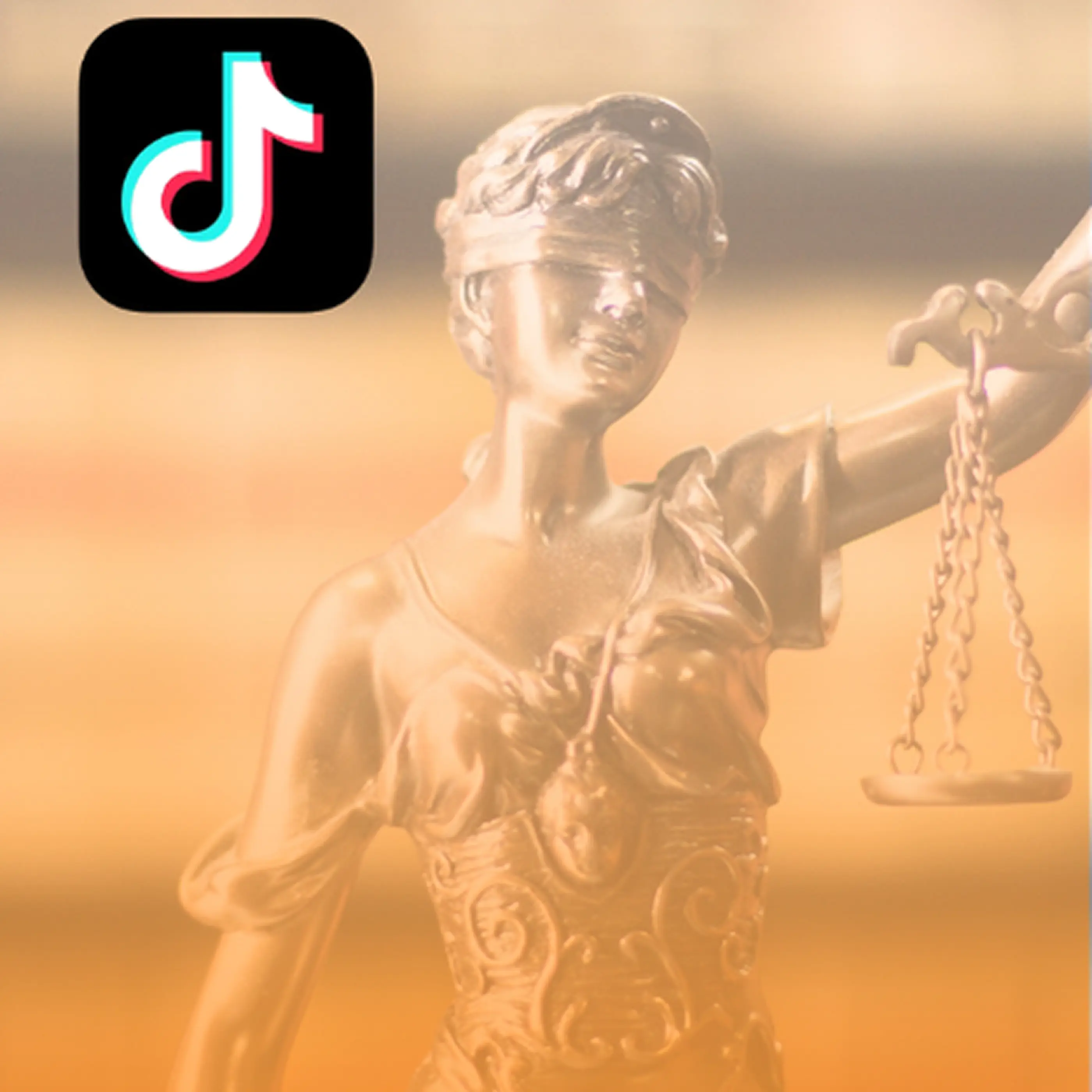Navigating Influencer Marketing with Strategy, Structure, and Smarter Investments
Influencer marketing has seen explosive growth in recent years, with brands significantly increasing their investments in this highly effective channel. Between 2021 and 2024, spending on influencers surged by an incredible 143%, a trend that shows no signs of slowing down. Why? Because influencer-led content consistently delivers exceptional ROI, making it a go-to strategy for brands looking to connect authentically with their audiences. However, as this space has rapidly expanded, so too has its complexity. To truly maximize returns and manage risks, brands must adopt smarter, more strategic approaches to influencer marketing. This means going beyond creativity and taking deliberate steps to build robust processes, establish governance frameworks, and optimize investments across the board.
Contributors

.webp)
Influencer Partnerships Need Structure
Gone are the days of treating influencer collaborations as casual, one-off arrangements. The dynamic nature of this channel calls for defined systems that ensure every dollar spent sees tangible returns. We’ve had success when reviewing pricing against creators’ profiles and engagement metrics. By proactively adjusting fees to align with a creators' actual reach, brands may unlock value on campaigns and identify significant cost efficiencies.
This kind of strategy highlights a crucial reality for brands in 2025 and beyond. Optimizing influencer spend starts with evaluating engagement metrics and ensuring budgets align with measurable value. It’s not just about spending less; it’s about spending smarter.
Move Beyond Basic Metrics
Measurement and transparency are often cited as the biggest hurdles for scaling influencer strategies. Which campaign drove conversions? What level of engagement delivered brand loyalty? Setting clear key performance indicators (KPIs) is essential, but the real game-changer lies in standardizing those measurements across your entire content ecosystem. In a word, goverance.
By managing influencer content as part of a comprehensive content strategy, brands can benchmark performance against custom KPIs, ensuring cohesive evaluation across all campaigns. Tools like ACERO™, our proprietary data platform, empower brands to track and analyze spend across divisions, suppliers, and more. This transparency not only facilitates better ROI but ensures every partnership is rooted in accountability and measurable outcomes.
Rethinking Influencer Relationships
The way brands approach influencer partnerships is evolving, and for good reason. The focus isn’t just on securing mega-influencers who take up a large slice of the budget. Instead, companies are leveraging mid-tier and micro-influencers to strike a balance between maximum engagement and cost efficiency.
We’re also seeing a growing interest in long-term collaborations through ambassador programs. By fostering ongoing relationships rather than one-off projects, brands can strengthen their storytelling, build communities, and boost audience trust more effectively.
Additionally, partnerships are no longer just about paid posts. Increasingly, influencers play a strategic role in creative concepting, traffic generation, and even brand-building. This shift toward higher strategic input underscores the need for brands to seek influencers who not only amplify their message but align with their purpose and values.
Building governance models is key to maintaining transparency, compliance, and ethical standards. Issues like improper disclosures, misleading endorsements, and overinflated claims can damage brand reputation and result in regulatory penalties.
Navigating Legal Risks in Influencer Partnerships
While influencer marketing offers brands innovative avenues for engagement, it also comes with significant legal risks, particularly in the realm of copyright infringement. Recent lawsuits highlight the potential liabilities brands face when influencers misuse intellectual property, especially copyrighted music, in social media campaigns. These cases serve as a stark warning to brands about the critical need for risk mitigation strategies.
For example, Sony ATV recently pursued lawsuits against multiple brands due to influencers' mismanagement of music rights. One notable case involved Sony ATV and Marriott, which was settled out of court but had the potential for statutory damages of up to $139 million under U.S. copyright law. Similarly, Sony filed a $49 million lawsuit against Ofra Cosmetics, alleging that the company used Sony recordings in over 300 influencer-created videos without proper authorization. These cases reinforce a critical lesson for brands—just because a song is accessible on a social media platform does not mean it is legally available for commercial use in brand campaigns.
This trend is not isolated. Warner Music Group recently sued Crumbl, citing "massive scale" copyright infringement for TikTok posts that used music without permissions. Other lawsuits have targeted high-profile entities such as Designer Brands Inc. (parent company of DSW), Chili’s, and the University of Southern California. For DSW alone, Warner alleged misuse of over 200 tracks, with potential damages exceeding $30 million. These cases underscore the urgent necessity for brands to adopt robust copyright compliance protocols in their influencer strategies to avoid similar legal entanglements.
Since influencers are deemed agents acting on behalf of brands, the onus to manage these risks lies squarely with the companies engaging them. To empower brands and mitigate exposure, several proactive steps are recommended.
Brands that strategically invest in these measures not only protect themselves from costly lawsuits but also position themselves as leaders in responsible, compliant influencer marketing. By prioritizing these steps, businesses can maintain the innovative edge of influencer partnerships while safeguarding their reputations and financial health.
Creative Efficiency Through Process
The final piece of the puzzle is creating streamlined processes for influencer marketing. Applying production principles to creator content can significantly improve efficiency and ensure consistent alignment with brand goals. By uniting governance and creative strategy, brands can take a holistic approach to campaign execution that optimizes spend, reduces inefficiencies, and enhances compliance.
Building Sustainable, Scalable Growth
Influencer marketing offers massive opportunities, but it’s not without its challenges. Brands today must walk the fine line between flexibility and accountability, creativity and strategy. With the right systems, processes, and expertise in place, brands can unlock the full potential of influencer marketing while confidently navigating its emerging complexities.
At APR, we specialize in bridging the gap between strategy and execution. We empower brands with tools like ACERO and expert-led advisory services to ensure their investments deliver both operational efficiency and long-term growth. Want to elevate your influencer marketing strategy? Partner with us and discover what true creative optimization looks like.
We help advertisers like you optimize the way you produce content
Reduce costs, streamline production processes, and maximize your returns with the help of our expert advisors
Ready to make the most out of your content supply chain?
Reduce costs, streamline production processes, and maximize your returns with the help of our expert advisors
You might also like
Want to learn more?
Get valuable strategy, culture, and brand insights straight to your inbox.
By subscribing you agree to with our Privacy Policy and provide consent to receive updates from our company.

.webp)
.webp)
.webp)
.webp)
.webp)
.webp)
.webp)

.png)
.webp)

















.webp)













